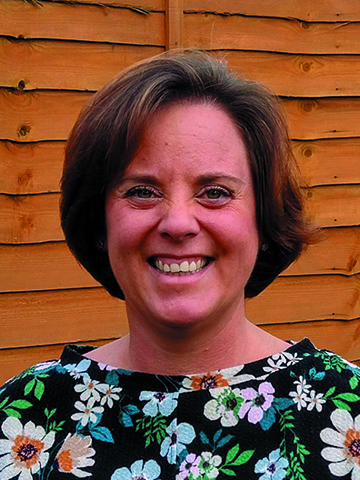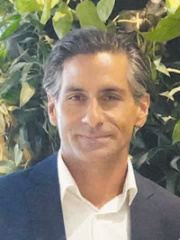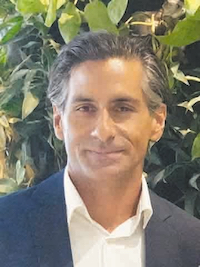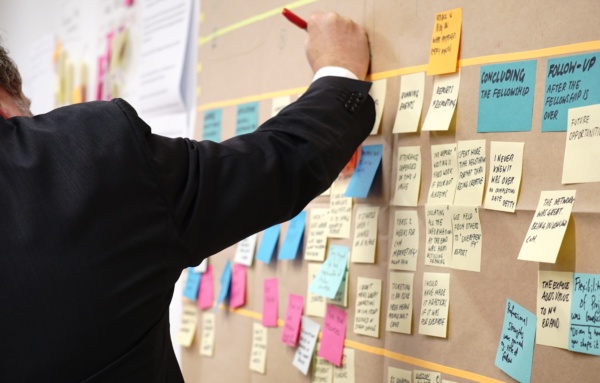ChapmanCG and Disney hosted an entertaining HR leaders’ roundtable from the ‘Rebel Command Centre’ Star Wars themed meeting room at the Walt Disney offices in Singapore. In attendance were HR leaders from a variety of industries and organisations including Alstom, APN, Arkadin, Avon, CBRE, Chubb, Citibank, EBD Group, Eastern Pacific Shipping, EMC, Kantar, Mediacorp and Schawk!.
Seeking the Right DNA
In emerging markets in particular, it is not always easy to find the right talent, and it therefore becomes important to hire based on potential. Disney talks about hiring people with the ‘Disney DNA’ and flexing on some of the technical competencies when this requirement is met. It is not easy to articulate what this DNA is, but it generally involves a gut feel and a sense of connection. Perhaps this can be better defined as a shared purpose. Once Disney finds talent with the right DNA, the company focuses on upskilling through targeted development, coaching and various future leaders’ programmes, but this core ‘fit’ is the key.
When it comes to attracting millennials, purpose and shared vision are critical. This group doesn’t put much emphasis on job titles, but rather is more interested in this sense of purpose. This brings about a reliance on leaders to promote and position this ‘purpose’ – bringing to life the employer brand – when trying to attract this group. In turn millennials will buy into leaders who inspire them. As leadership and management expert Simon Sinek lays out in his top 20 TED talk ‘How great leaders inspire action‘: “People don’t buy what you do they buy why you do it.” He cites the Steve Jobs example at Apple. It is the purpose or the ‘why’, not the ‘what’ or the ‘how’ that people buy into – it’s about how this makes people feel.
Disney intentionally uses communication to ensure all employees understand that purpose, which is ‘creating happiness,’ and the leadership team is passionate about the ‘why.’ This creativity is a key pillar that helps Disney to engage the younger generations. The message is, ‘Whatever job you are doing, you can be creative,’ and therefore the culture is more inclusive. HR has a critical role to play in this with supporting programmes and lots of celebrating success, but it can’t only be an HR-led project, this needs to come from the leadership.
The Times…They are A-changin’
So what does the future hold for the workplace? We are witnessing an unprecedented pace of change – operations have moved from on-site to offshore, IT has transformed from VPN to Cloud Computing, advertising has transitioned from print to digital /online, sales have evolved from in-store to e-commerce and there are many other examples. Krishnan Iyer, Regional HRD, APAC & MEA at Kantar Health, controversially argued that HR as a function hasn’t kept pace with these changes, when in reality it should be at the forefront. In many cases HR remains complacent and reactive, held back by a lack of innovation and services orientation. One of the key drivers to bring HR back to the top table will be the capacity to get to grips with data, and the ability to deliver predictive analytics to the business. If you can predict what will happen in six months from, for example a retention perspective, you can help the business be one step ahead, rather than simply reacting to the business’ day-to-day needs.

Innovation is Critical
It’s important for organisations to embrace both ‘exploitation and exploration’ when it comes to being successful. We can’t just do what we are good at, or exploit, and rely on that to see us through. The Nokias and Blackberrys of the world can attest to that – companies need to keep exploring and diversifying to stay competitive. To ensure this actually happens, cultural change is critical, pushing and driving innovation at the leadership level, but also ensuring it permeates through to all employees. It starts from the top, but it also needs to be a ground up approach. Innovation is not a boardroom brainstorm where you may get one or two outspoken salespeople throwing ‘new ideas’ out there.
One 15-year-old tech company present at the gathering insisted that it has to be a bottom up process. The organisation’s regional HRD said, “We weaved in innovation consultants within our groups around the region, so that it happened naturally and wasn’t forced, and this got much more productive results as the innovation was real and tangible.” It is certainly much easier for ‘newer’ companies that don’t have any legacy. In HR at Facebook, for example, they have stripped away a reliance on Business Partners and have more specialists. If a larger less nimble organisation tried to move to this model, it would be much tougher.
Working Smart
As more organisations progress toward flexible working, the group asked whether or not this new 24/7 culture where communication is constant, is the right move. Looking into the crystal ball, flexibility, choice, freedom and individual wellness will become increasingly important to employees, so it makes sense to embrace flexible working. But can we really drop core hours and move to a completely outcome focussed set up? To make a success of this, the ‘trust factor’ has to be there and employees need to be more transparent with what is happening. Simple things like sharing calendars and booking in your personal commitments first can help. Where it breaks down in a flexible environment is when a team member goes ‘AWOL’ and doesn’t deliver, but the good news is that this becomes obvious very quickly. If you know what the bottlenecks are, the HR function can play a key role in setting things straight.
With more junior employees, agreeing outcomes on a daily basis can work well, and as long as everyone achieves these goals, it doesn’t matter where they actually do the work. Having the right technological enablers in place is also key, as are sharing platforms and social sharing groups where employees are in constant contact with managers using tools such as WhatsApp, WeChat or Yammer. Likewise being able to hold video-conferences on devices without technical interruptions can make a massive difference with a dispersed workforce. In future, we think the most progressive companies won’t monitor time, and instead will be completely output-focussed.
Rolling out a consistent flexible working strategy does have its challenges. It can be tricky when two companies are integrating, particularly if there are different cultures in play. In the more traditional Financial Services environments, it is generally accepted that being in the office at certain times is a given. Similarly, in manufacturing environments it is difficult not to create a ‘them and us’ culture if head office employees are leaving early, which may be viewed negatively by those who don’t have the option to leave. However as one HR leader in this industry put it, “It’s about managing expectations in this scenario. If you are moving boxes your hours are fixed. Show me how to do that from home!” Communication is therefore key, as is being transparent and upfront.
No Ratings
It is also interesting to think about where performance ratings will fit in this ‘new world’ if at all. We are already seeing many companies removing the annual rating system. One organisation present is piloting a ‘no ratings’ approach within the HR function first, the HR leader sharing, “We need to know what we are talking about before we can even begin to get managers to do it. In two years the whole organisation will move to this, but it’s not about waiting for the perfect system, we need to be pragmatic.” Having a continu
ous conversation is beneficial, but it is crucial that this is both two-way and authentic. One organisation is calling it ‘feed forward’ as opposed to feedback. It’s not only the duty of managers to make this effective, it is also the responsibility of employees to take ownership, and ensure this is beneficial for them.
The discussion was certainly authentic around the table at Disney, and we would like to thank Jenny Leong, SEA HRD for hosting us, and all of the HR leaders who attended and contributed to the session.
Key Contributors:


 Andrea Merrigan
Andrea Merrigan Orelia Chan
Orelia Chan Stanislav Medvedev
Stanislav Medvedev Fleur Daniell
Fleur Daniell Finian Toh
Finian Toh Tim Rayner
Tim Rayner Nicola Hasling
Nicola Hasling Stefanie Cross-Wilson
Stefanie Cross-Wilson

 Steve Brown
Steve Brown 


